Mazesoba is a unique style of ramen with noodles served sans-soup. The dish resembles an Italian pasta dish more than your average bowl of soup noodle ramen. Don’t get confused, though, this dish is 100% ramen. The noodles are often the same thick, chewy wheat noodles you would find in tsukemen and the tare seasoning liquid is often the same umami-rich stuff you would find flavoring your ramen broth. The name mazesoba comes from the Japanese word mazeru, meaning to mix. You might also see this dish sold as mazemen. Aburasoba is a kind of mazesoba that has a bit more oil in the mix.
Mazesoba, as the name suggests, needs to be mixed up before eating. The bowl is usually served with the tare sauce and some flavored oil on the bottom. Thick noodles go on top of that. Toppings can be anything, really. Standard ramen toppings like chashu pork, menma bamboo shoots, and green onion are common. Some shops use more exotic toppings like stewed beef, dried fish powder, or crunchy fried noodle snacks for some extra texture. An uncommon style called junk-kei tops their mazesoba with heaps of pork back fat and raw garlic. Tabletop condiments are also common, and you should use these to your liking. Vinegar and hot oil, if offered, give a nice balance to the strong oils that some shops use.
Noodle Stand Tokyo is a fun shop that recently moved to a convenient location near Harajuku Station. The shop offers a few different choices of ramen, from a classic shoyu ramen to the “Ultimate Vegan Ramen” bowl featuring pineapple juice and soy meat. Fans of soupless noodles will love their stewed beef mazesoba. The beef topping is stewed in spices and red wine until tender and served with a runny onsen egg. An even more unique choice for mazesoba is Niboshi Noodles NiboNiboCino near Hatanodai Station. Their namesake dish combines the niboshi, a kind of dried sardine, with the Italian pasta dish peperoncino. They also offer a NiboNiboNara take on Italian carbonara pasta. For a mazesoba with some excellent homemade noodles, check out Abura Soba Senmonten Gachi next to Akebonobashi Station on the Toei Shinjuku subway line. Their free countertop condiments include crunchy fried noodles, fish powder, and spices. For a small charge, you can also add things like raw egg, cheese, coriander, and even mayonnaise. Just be sure to mix it thoroughly before eating.


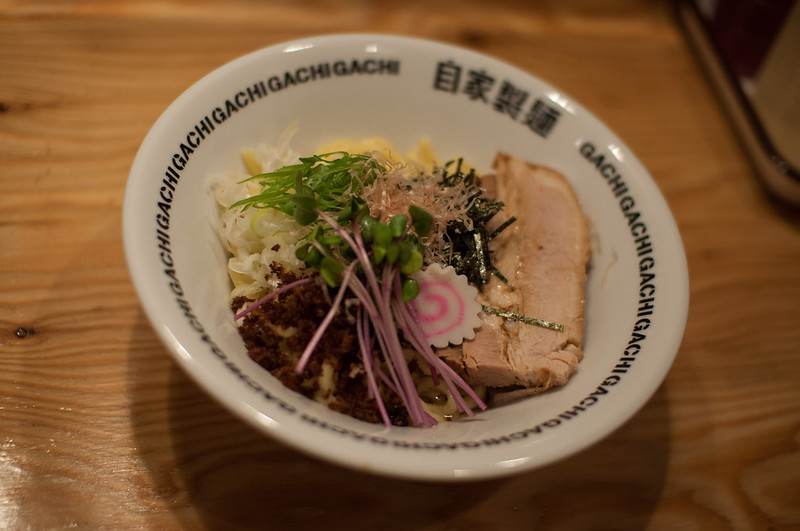
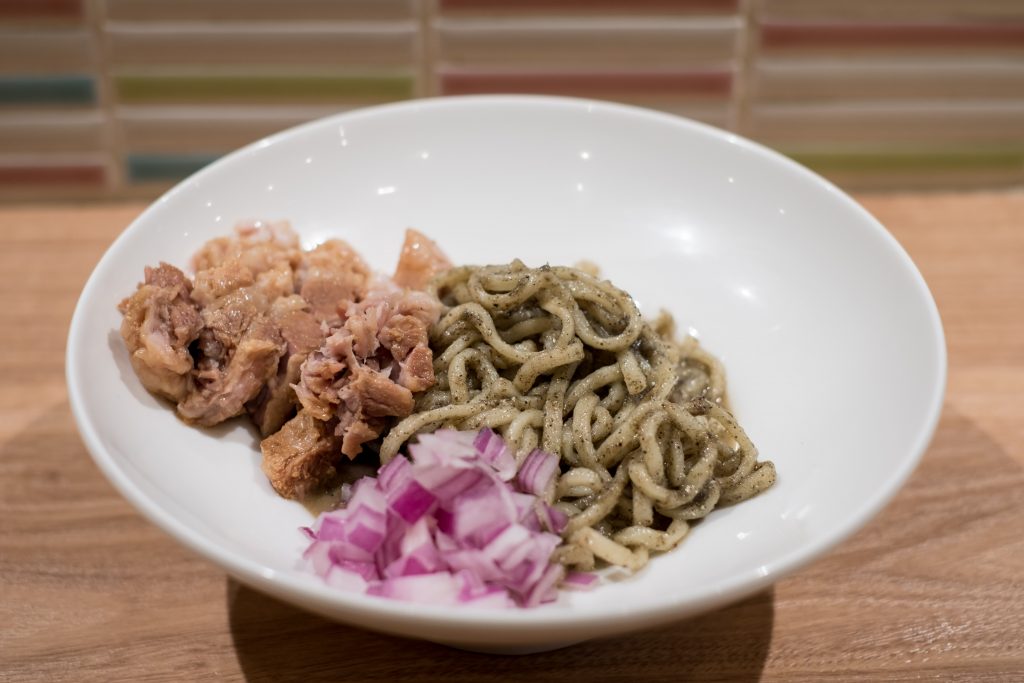
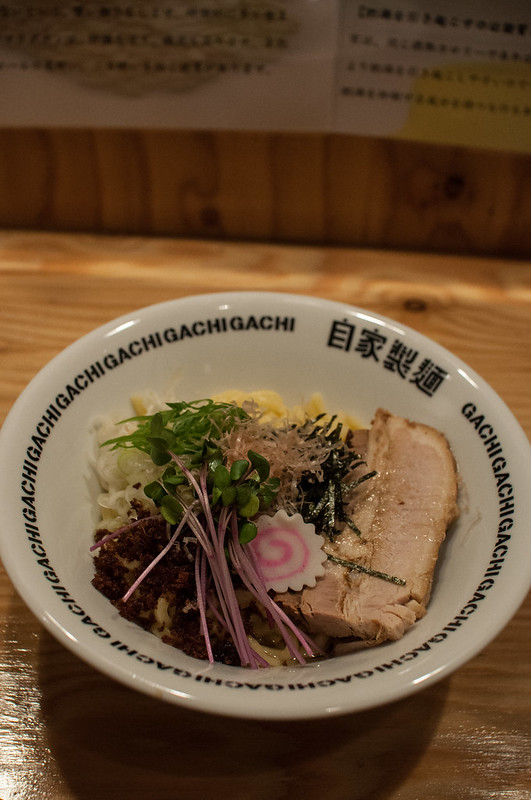


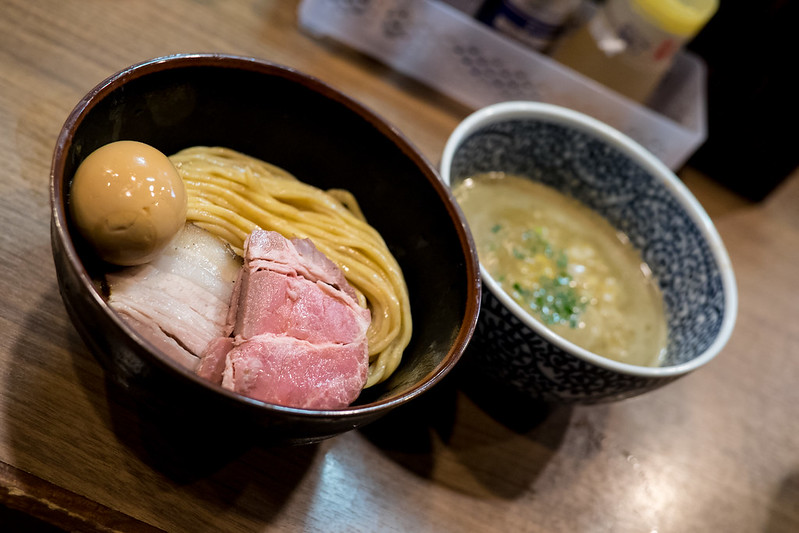
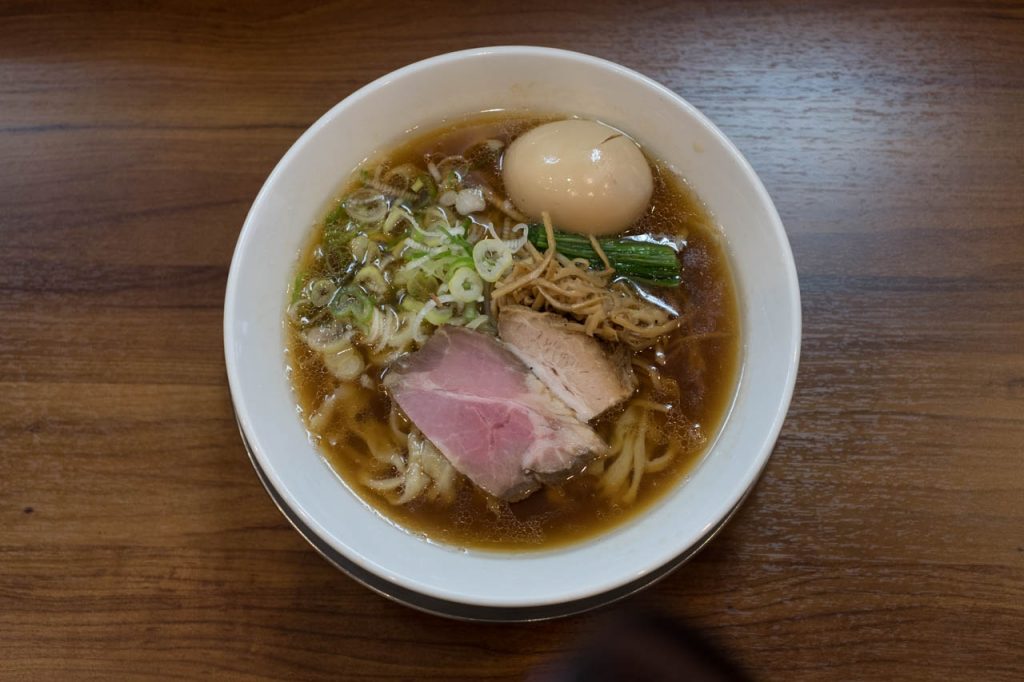
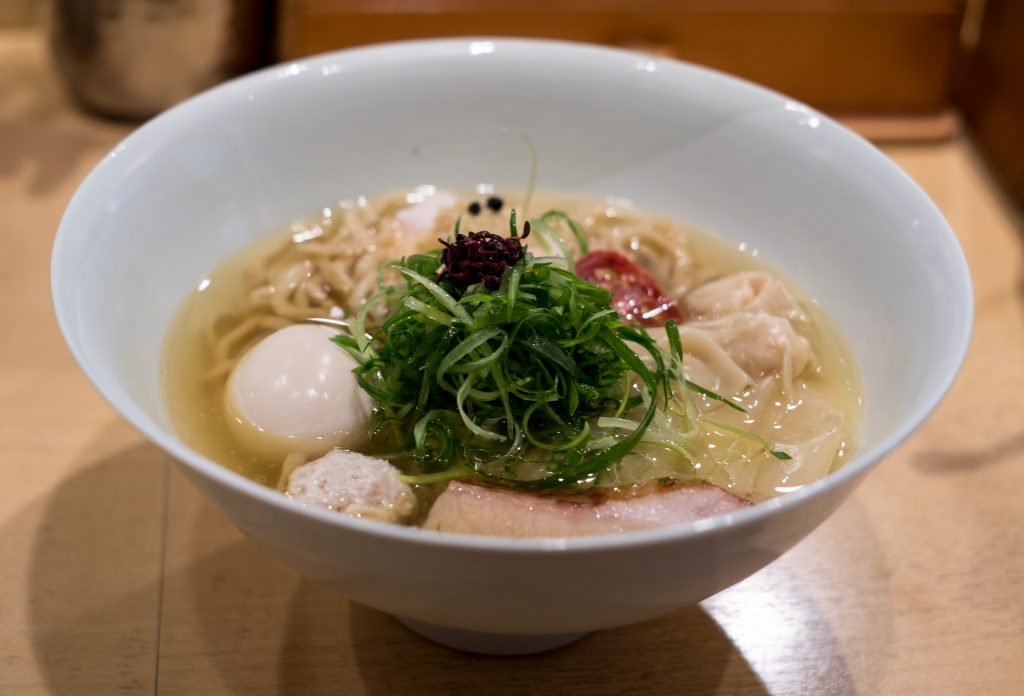
Brian MacDuckston is a Tokyo-based ramen hunter and cookbook author. His website, YouTube channel, and social media point ramen lovers around the globe to great ramen shops in Japan. Though having been to around 1500 ramen shops, he feels that he's barely scratched the surface of the ramen world.